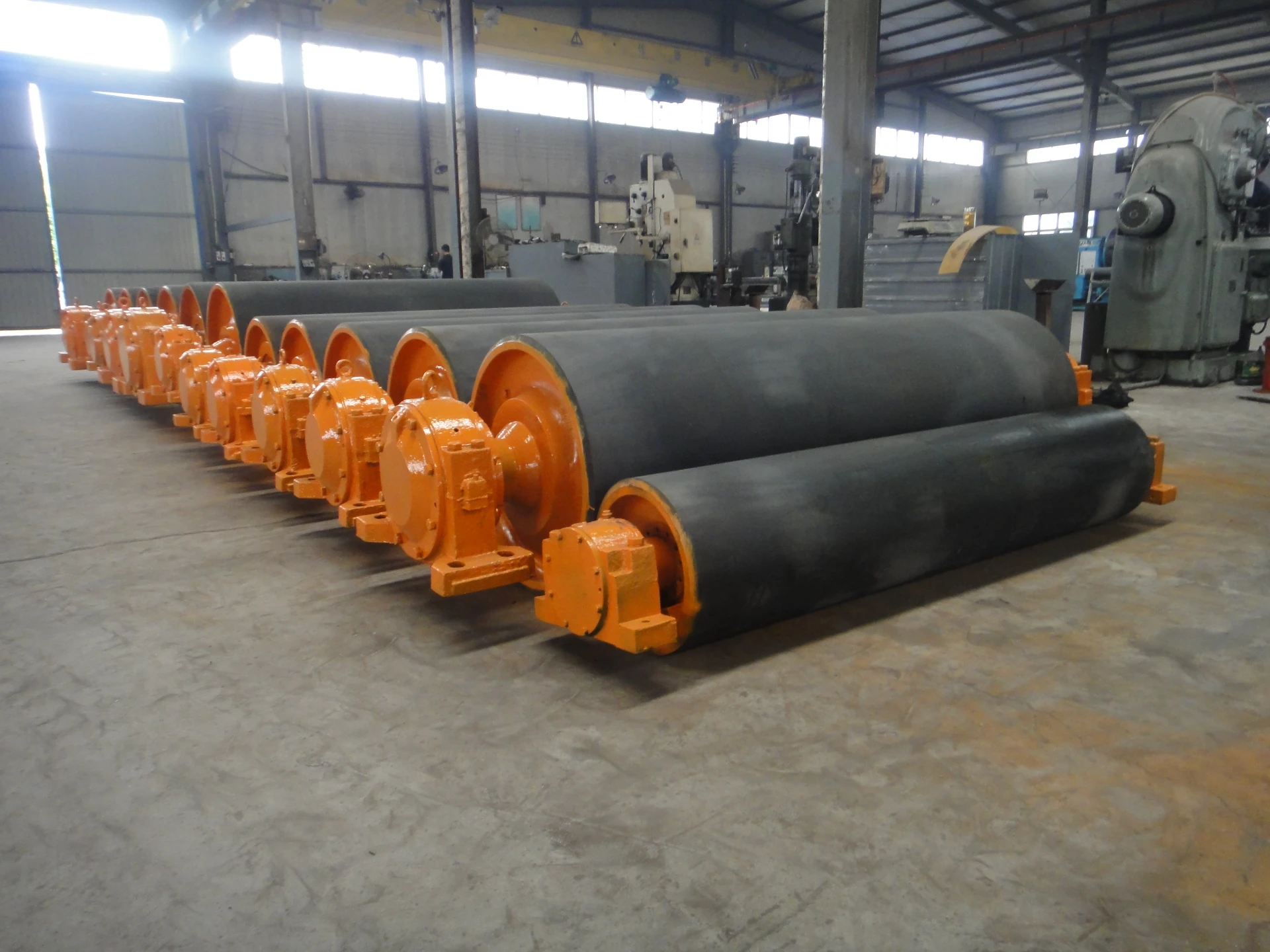 Afrikaans
Afrikaans  Albanian
Albanian  Amharic
Amharic  Arabic
Arabic  Armenian
Armenian  Azerbaijani
Azerbaijani  Basque
Basque  Belarusian
Belarusian  Bengali
Bengali  Bosnian
Bosnian  Bulgarian
Bulgarian  Catalan
Catalan  Cebuano
Cebuano  Corsican
Corsican  Croatian
Croatian  Czech
Czech  Danish
Danish  Dutch
Dutch  English
English  Esperanto
Esperanto  Estonian
Estonian  Finnish
Finnish  French
French  Frisian
Frisian  Galician
Galician  Georgian
Georgian  German
German  Greek
Greek  Gujarati
Gujarati  Haitian Creole
Haitian Creole  hausa
hausa  hawaiian
hawaiian  Hebrew
Hebrew  Hindi
Hindi  Miao
Miao  Hungarian
Hungarian  Icelandic
Icelandic  igbo
igbo  Indonesian
Indonesian  irish
irish  Italian
Italian  Japanese
Japanese  Javanese
Javanese  Kannada
Kannada  kazakh
kazakh  Khmer
Khmer  Rwandese
Rwandese  Korean
Korean  Kurdish
Kurdish  Kyrgyz
Kyrgyz  Lao
Lao  Latin
Latin  Latvian
Latvian  Lithuanian
Lithuanian  Luxembourgish
Luxembourgish  Macedonian
Macedonian  Malgashi
Malgashi  Malay
Malay  Malayalam
Malayalam  Maltese
Maltese  Maori
Maori  Marathi
Marathi  Mongolian
Mongolian  Myanmar
Myanmar  Nepali
Nepali  Norwegian
Norwegian  Norwegian
Norwegian  Occitan
Occitan  Pashto
Pashto  Persian
Persian  Polish
Polish  Portuguese
Portuguese  Punjabi
Punjabi  Romanian
Romanian  Russian
Russian  Samoan
Samoan  Scottish Gaelic
Scottish Gaelic  Serbian
Serbian  Sesotho
Sesotho  Shona
Shona  Sindhi
Sindhi  Sinhala
Sinhala  Slovak
Slovak  Slovenian
Slovenian  Somali
Somali  Spanish
Spanish  Sundanese
Sundanese  Swahili
Swahili  Swedish
Swedish  Tagalog
Tagalog  Tajik
Tajik  Tamil
Tamil  Tatar
Tatar  Telugu
Telugu  Thai
Thai  Turkish
Turkish  Turkmen
Turkmen  Ukrainian
Ukrainian  Urdu
Urdu  Uighur
Uighur  Uzbek
Uzbek  Vietnamese
Vietnamese  Welsh
Welsh  Bantu
Bantu  Yiddish
Yiddish  Yoruba
Yoruba  Zulu
Zulu rubber lagging pulley
The Significance of Rubber Lagging in Pulleys
In various industrial applications, pulleys are crucial components that facilitate the movement of materials and components. One vital enhancement to pulleys is rubber lagging, a practice that has gained prominence due to its numerous benefits. Rubber lagging involves the application of a rubber cover onto the surface of a pulley, significantly improving its performance in various environments. This article delves into the significance of rubber lagging in pulleys, highlighting its advantages, applications, and maintenance considerations.
Enhanced Frictional Grip
One of the primary advantages of rubber lagging is its ability to improve the frictional grip between the pulley and the belt. In many industrial settings, especially in conveyor systems, a strong grip is essential to prevent slippage. Slipping can lead to material spillage, operational inefficiencies, and increased wear on equipment. Rubber lagging provides a textured surface that increases friction, ensuring a more secure connection between the pulley and the belt. This enhanced grip leads to improved operational efficiency and reduced downtime due to slippage-related disruptions.
Protection Against Wear and Tear
Pulleys, particularly those in high-load and high-speed applications, are subject to significant wear and tear. Rubber lagging serves as a protective barrier, reducing the direct impact and abrasion on the metal pulley surface. This not only prolongs the life of the pulley but also minimizes maintenance costs associated with frequent replacements or repairs. The durability of rubber lagging can vary based on the type of rubber used, but high-quality lagging can withstand harsh conditions and demands, making it a worthwhile investment for industries that rely on conveyor systems.
Noise and Vibration Dampening
rubber lagging pulley

Another noteworthy benefit of rubber lagging is its ability to dampen noise and vibration. Industrial environments often generate significant noise levels due to the movement of machinery and materials. By incorporating rubber lagging, companies can reduce the noise produced by the pulleys, leading to a more pleasant working environment. Additionally, the rubber material can absorb vibrations, consequently lowering the risk of damage to the machinery and enhancing overall operational stability.
Versatility in Application
Rubber lagging is versatile, making it suitable for a wide range of applications across various industries. From mining and agriculture to manufacturing and recycling, rubber-lagged pulleys can handle diverse materials, including heavy loads and abrasive substances. The ability to customize rubber lagging types and thicknesses means that businesses can tailor their pulleys to meet specific operational requirements, further enhancing efficiency and effectiveness.
Maintenance Considerations
While rubber lagging provides numerous advantages, it is essential to implement routine maintenance procedures to maximize its lifespan. Regular inspections can help detect any signs of wear or damage, allowing for timely repairs or replacements before issues escalate. Proper cleaning methods should also be employed to ensure that the rubber surface remains free of debris and contaminants that could affect performance and longevity.
Conclusion
In summary, rubber lagging in pulleys is a critical innovation that significantly enhances the performance and longevity of these important industrial components. With benefits including improved friction, wear protection, noise and vibration reduction, and versatility across applications, it is no surprise that rubber-lagging technology is widely adopted. By understanding the importance of rubber lagging and implementing appropriate maintenance practices, industries can optimize their operations, achieve greater efficiency, and reduce long-term costs. As technology continues to advance, the development of even more effective rubber lagging solutions promises to elevate pulley performance to new heights.
-
Revolutionizing Conveyor Reliability with Advanced Rubber Lagging PulleysNewsJul.22,2025
-
Powering Precision and Durability with Expert Manufacturers of Conveyor ComponentsNewsJul.22,2025
-
Optimizing Conveyor Systems with Advanced Conveyor AccessoriesNewsJul.22,2025
-
Maximize Conveyor Efficiency with Quality Conveyor Idler PulleysNewsJul.22,2025
-
Future-Proof Your Conveyor System with High-Performance Polyurethane RollerNewsJul.22,2025
-
Driving Efficiency Forward with Quality Idlers and RollersNewsJul.22,2025





























